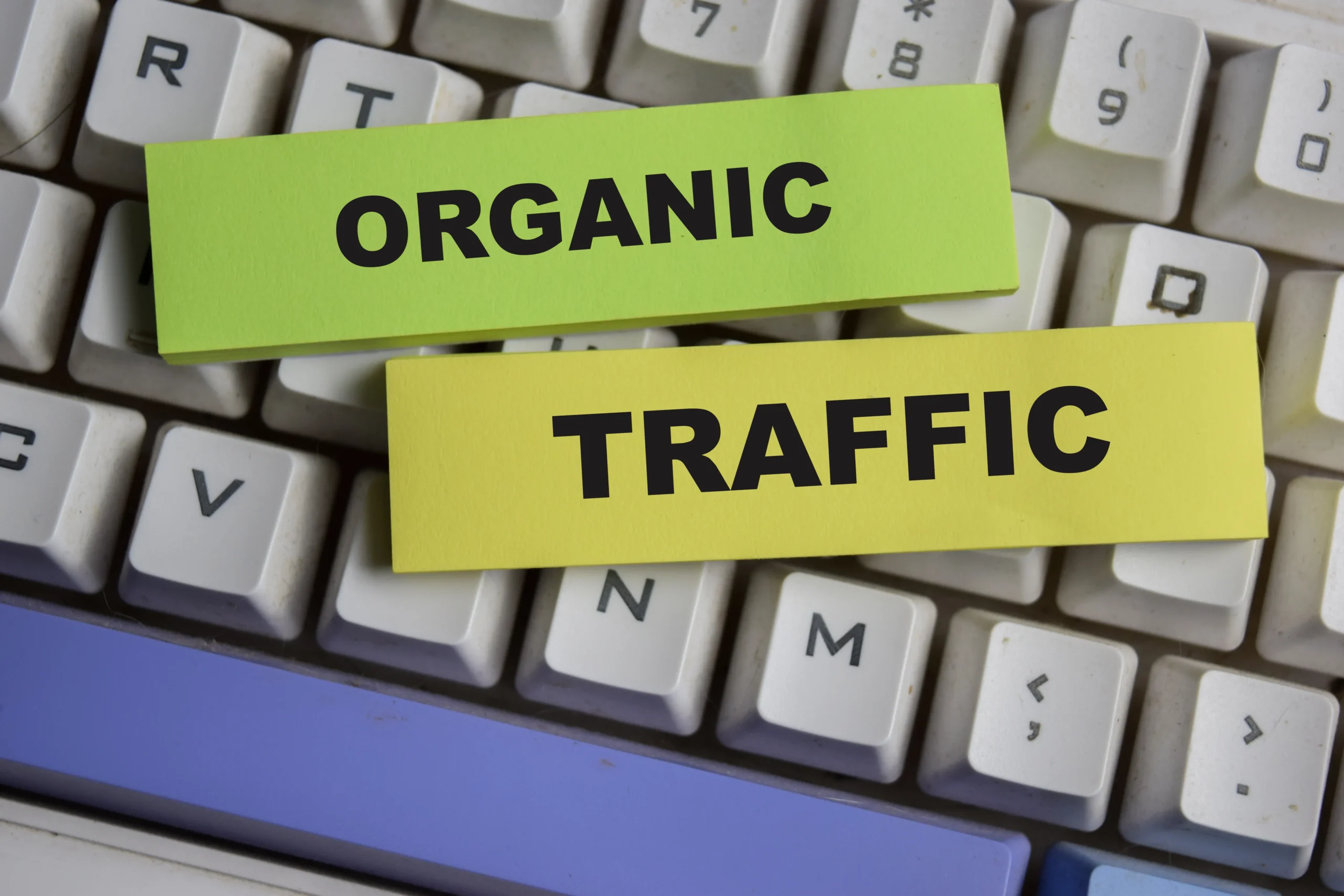Organic search has always been a cornerstone of digital visibility, but the landscape is shifting. With AI, large language models (LLMs), and new user behaviours changing how people discover and interact with content, relying on traditional metrics alone is no longer enough.
At Platform Marketing Agency, we believe the smartest SEO strategies now come from tracking a blend of quantitative and qualitative metrics that reveal how people engage, not just if they arrive. Here are the metrics every forward-thinking marketer should be keeping their eyes on:
1. Engagement Depth
What to measure:
- Time spent on page
- Scroll depth
- Interactions (video plays, downloads, embedded content)
Why it matters:
As AI-powered search begins to give users more direct answers, just getting visitors to your pages isn’t sufficient. You need to know whether people are actually engaging with what you offer.
2. Key Events & Micro-Conversions
What to measure:
- Actions like newsletter signups, PDF downloads, or product demo requests
- Any interaction that reflects real interest
Why it matters:
Even if you lose some traditional organic traffic, these smaller, meaningful actions can indicate that your content is that much more relevant and resonant.
3. Attribution Across Channels
What to measure:
- Multi-touch attribution (how various touchpoints contribute to conversions)
- How organic search combines with social, referrals, email, etc.
Why it matters:
With traffic patterns becoming more opaque in part because of AI and LLMs, you’ll want to understand not just where people come from but how different channels interact to produce outcomes.
4. Customer Lifetime Value (CLV)
What to measure:
- Value over time from users acquired via organic search
- Retention, repeat purchases or actions
Why it matters:
It’s tempting to chase quick wins, but long-term value tells you the real return on your SEO investment. Optimising for CLV helps ensure you’re earning traffic that truly matters.
5. Brand Awareness Signals
What to measure:
- Volume of branded search terms
- Social mentions and shares
- Surveys measuring familiarity or perception
Why it matters:
As AI changes the way search results are displayed and discovered, brand recognition becomes a competitive edge. When people know your brand, they are more likely to trust your content or click through when it does appear.
6. Conversion Rate Optimisation (CRO)
What to measure:
- Conversion rates for specific page types (landing pages, blogs, product pages)
- UX metrics: bounce rate, page load speeds, mobile friendliness
- A/B testing outcomes
Why it matters:
Lower traffic doesn’t have to mean lower results. If the traffic you do get converts better, you can maintain performance even in changing conditions.
7. Referral & Indirect Traffic Paths
What to measure:
- Sources of incoming traffic (link clicks, social shares, mentions)
- “Dark traffic” (traffic where the source is unclear)
Why it matters:
As AI and LLMs may cause more traffic to come indirectly or become harder to attribute, understanding referral paths helps fill in the gaps.
8. Content Relevance & Authority
What to measure:
- Backlinks, citations, content shares
- How content ranks over time for relevant topics
- Depth of content: comprehensiveness, uniqueness, freshness
Why it matters:
AI tends to reward content that’s both authoritative and useful. Building out high-quality content signals to users and search systems that your site deserves attention.
9. Search Query Trends & User Intent
What to measure:
- Changes in keyword patterns
- Emerging topics or questions people are asking
- Intent shifts such as informational turning into transactional
Why it matters:
If you don’t stay on top of what people are searching for, particularly how they phrase questions in natural language, content will fall out of step with demand.
10. User Satisfaction & Feedback
What to measure:
- Surveys, polls, user feedback forms
- Net Promoter Score (NPS), ratings
- Qualitative comments and session recordings
Why it matters:
Numbers give a lot of insight, but they don’t tell the full story. Direct feedback reveals frustrations or gaps that metrics alone might not show.
Applying These at Platform Marketing Agency
At Platform Marketing Agency, we don’t believe in one-size-fits-all metrics. What matters most depends on your business goals. But here’s how we apply these ideas in practice:
- We begin by aligning the metrics to your KPIs (for example, leads, sales, awareness), not just industry standard metrics.
- We use tools and dashboards that allow us to monitor both macro and micro signals of performance regularly.
- We pivot strategy based on what the data and the feedback tell us, not just what we expect will happen.
If you’d like help rethinking which metrics to track for your organic growth, especially in this new age of AI-influenced search, we’d be glad to chat. Reach out and let’s build a metrics strategy that works for you.




